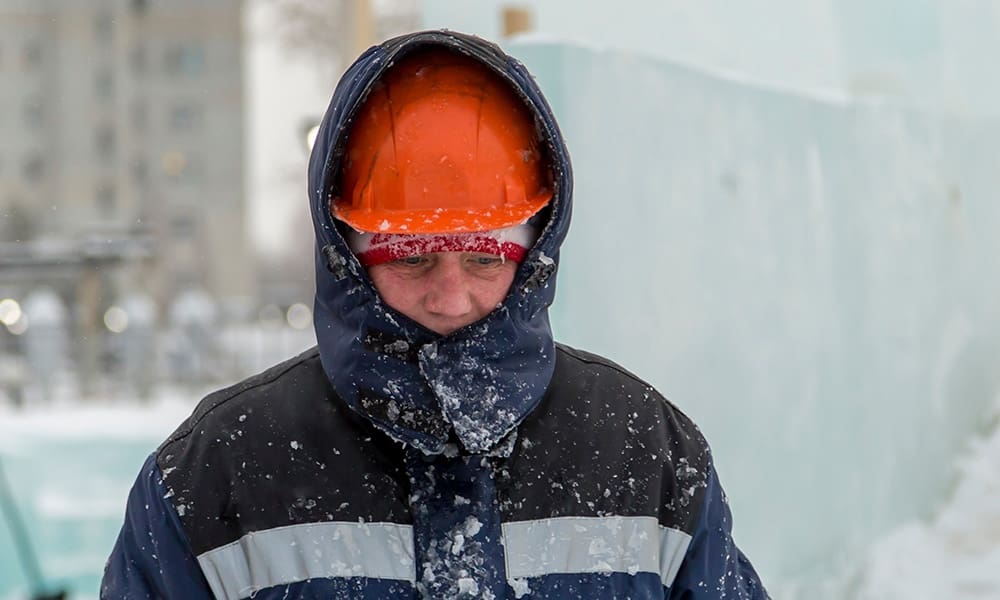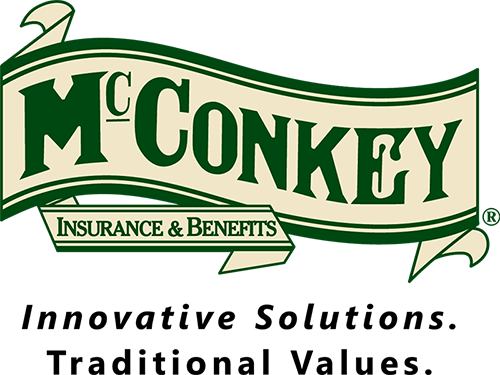
With the general recognition of heat stress and OSHA’s National Emphasis Program on this hazard, most of us are paying special attention to heat stress during the warmer months of the year. However, cold temperatures—even those above freezing—can result in adverse health conditions for employees who spend extended periods of time working outside or in large walk-in coolers and/or freezers. This article covers cold stress factors, possible illnesses, and preventive measures.
Cold Stress Factors
- Freezing or near-freezing weather
- Strong winds
- Being wet
- Working for long periods in extreme cold
- Working in poorly-insulated or poorly-heated areas
- Being unaccustomed to freezing weather
- Not staying hydrated
Cold Stress Illnesses
Hypothermia:
Description: A medical emergency in which the body cannot warm itself
Causes: Lengthy exposure to freezing weather
Symptoms: Shivering, fatigue, confusion, disorientation, blue skin, dilated pupils, slowed pulse and breathing, or loss of consciousness
First aid: Remove wet clothes, keep the victim warm and dry with blankets, and give the victim warm drinks (if conscious). Monitor consciousness, and get medical help.
Frostbite:
Description: Damage to body tissue, mostly in the extremities (hands and feet)
Causes: Lengthy exposure to freezing weather
Symptoms: Skin that is aching, tingling, stinging, bluish, pale, or waxy
First aid: Immerse the skin in warm but not hot water or, if that is not possible, warm very gently with body heat, without rubbing or pressure. Get medical help.
Trench foot:
Description: Dying skin because the body has cut off circulation to the feet
Causes: Lengthy exposure of feet to wet conditions (with temperatures up to 60°F)
Symptoms: Leg cramps or redness, numbness, swelling, bruising, blisters, ulcers, or gangrene on feet
First aid: Dry feet and do not walk on them. Seek medical help.
Chilblains:
Description: Damage to capillary beds in the skin
Causes: Repeated, prolonged exposure to temperatures between freezing and 60°F
Symptoms: Redness, inflammation, itching, blistering, ulceration
First aid: Slowly warm the skin, do not scratch, use an anti-itch cream, and cover blisters and ulcers.
Preventive Measures
- Train workers on the signs & symptoms of cold stress and prevention measures.
- Monitor yourself and your coworkers for signs of cold stress.
- Wear appropriate clothing, such as waterproofed and insulated boots, hats, and multiple layers of loose clothing. Particularly protect your hands and feet. Inner layers of clothing should be able to “wick” moisture away from the skin to help keep it dry. Note: Wool is good at wicking moisture and has good insulating properties.
- Always have available cold weather gear, such as extra socks, gloves, hats, jackets, blankets, water, food, and a thermos of hot liquid.
- Have a change of clothes available if your existing clothes get wet.
- Limit the amount of time spent in cold, wet environments. Move into warm, dry locations during breaks. The lower the wind chill, the more frequent breaks should be taken.
- Allow new employees time to get acclimatized to the cold and protective clothing before assigning them a full workload. This can be in the form of more frequent and longer periods of being in warm environments.
- Do not touch cold metal surfaces with bare skin. Where possible, cover bare metal handles with thermal insulating material.
- In extremely cold conditions wear face protection is used, eye protection must be separate from noise and mouth protection to prevent exhaled moisture from fogging and frosting eye shields or glasses.
- Select protective eye war that is appropriate for the work being performed and against ultraviolet light from the sun, glare from the snow, blowing snow and high winds at cold temperatures.
- Drink plenty of warm, non-caffeinated drinks to stay hydrated since working in cold environments when wearing layers of clothing will result in sweating—even if not as noticeable as in hot working environments.
- Alcohol should not be consumed as it causes expansion of blood vessels in the skin and impairs the body’s ability to regulate temperature, increasing the risk of hypothermia.



